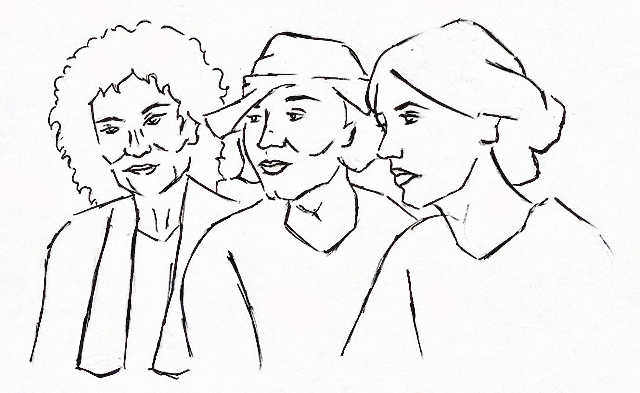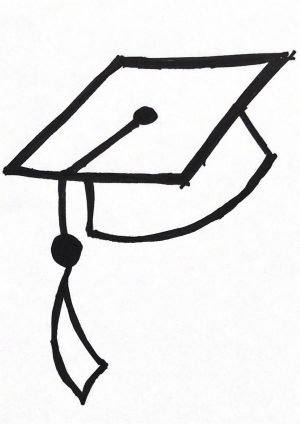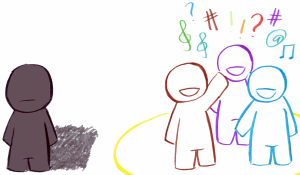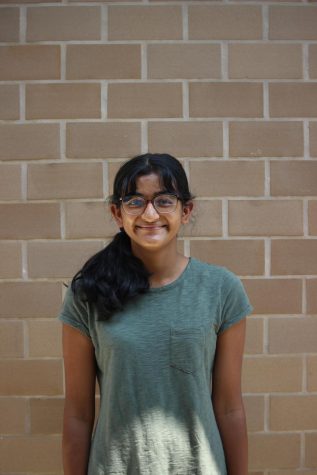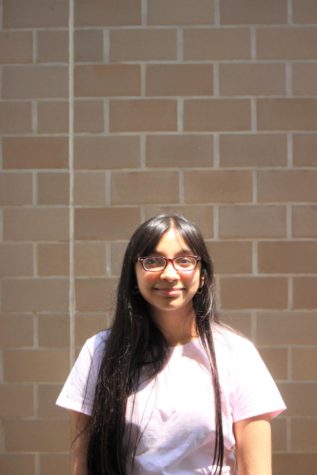Dougherty Valley should embrace more female authors
Margaret Atwood, Zora Neale Hurston and Virginia Woolf remain icons in literature.
April 27, 2020
Dougherty’s English department has made many efforts to widen the voice of minority authors through their book selection. Books such as “Born a Crime” by Trevor Noah and “The Absolutely True Diary of a Part-Time Indian” by Sherman Alexie have recently been introduced into the curriculum as a part of these efforts.
Despite these achievements, there is a distinct lack of female-written literature taught in English classes.
The only female-written book commonly taught in English 9 is “To Kill a Mockingbird” by Harper Lee. One freshman class also reads “Speak” by Laurie Halse Anderson. Five of nine sophomore English classes teach no female written books. The other four teach one female written play, “A Raisin in the Sun.” None of English 11’s main texts are written by females.
But as students go into more advanced English classes, the number of female written books does increase. All AP English Literature classes teach two to three books by female authors, and many senior year English classes stray away from full texts and instead work with literature circles or essays which allow for more opportunities to work with female authors.
“[In] AP Literature, we have a little bit more choice in the books that we’re teaching,” AP Literature and English 9 teacher Erin Holzer explained. “We also are lucky in that we get to teach twice as many books which does give us more flexibility in getting to bring in more female authors.”
But this does progression not nullify the problem at hand, as Dougherty students lack a consistent female presence in their English classes. The lack of female written books is a clear and disadvantageous problem, that often results in a lack of compelling female protagonists.
“Most of the books that are held up and valued are by male authors. And I shouldn’t stereotype, but many male authors have a hard time writing about women,” explained English 9 teacher Noah Kopp.
Kopp went on to explain that “Of Mice and Men” by John Steinbeck, a book commonly taught in freshman English classes, is one such book that lacks female characters. Its one nameless female character is “maligned by all the male characters and objectified and then shamed for her sexuality,” he said.
The lack of female representation could have substantial effects on how students at Dougherty perceive literature and what it means for a book to be in the American literary canon.
This is particularly problematic because representation in media is crucial, and it is important to show that every student can find books and stories they relate to.
“There’s something so magically powerful about opening a book and seeing yourself in a character,” English department head Megan Manley said.
But there are many external factors that lead to the lack of female books at Dougherty. Most notably, the district’s existing list of approved books is heavily biased towards males. This bias is difficult to change because introducing new books to the district is seen as a long and arduous process. One must petition the district by compiling signatures, fill out substantial paperwork, present it to the board, and hope that they see its educational value.
Even if the book is approved by the district, the school would still need to divert funds into buying class sets, which is another incentive for teachers to avoid female-written contemporary novels.
However, this process may be easier than it appears to many teachers. Jill Wharton, English teacher at DVHS, recently brought in the contemporary (female-written) novel “Eleanor Oliphant is Completely Fine” for her British Literature class and secured funding for the copies. She said that the process to get approved by the district “wasn’t that hard.”
She explained that getting funding was easier because she only had one class. However as the class expanded, she was able to get more money for it: “We needed to add more copies, so the money was found. I don’t know how that works. I just asked for it and they gave it to me.”
If met with resistance, there are still a number of female writers in the existing literary canon. Seminal authors like Jane Austen and Louisa May Alcott are largely ignored in Dougherty’s book selection, despite being extremely prolific and well-respected writers. Their voices could also provide much-needed diversity to the English department’s book selection.
Granted, there are other ways to introduce students to great female literature other than full, lengthy books, particularly through resources that supplement the main text.
“I don’t teach books as an individual item. They are part of a greater whole, so even though we’re reading a male-authored book with a male protagonist, we might have four short stories by female authors with male or female protagonists,” Manley said.
By doing this, teachers are showing a sample of female authors and characters, but in a much less potent form than a full book.
Further, if a book is taught in a literature circle, then it does not have to be approved by the district and fewer copies would need to be bought. This could be a fantastic way to more easily incorporate female written and/or contemporary books. If the book list were composed entirely of female authors, it would introduce an opportunity to discuss the unique perspective a woman provides in further detail.
“A lot of times, unfortunately, education defaults to what’s been done before,” Manley explained. “We try very hard to taste new books like ‘Born a Crime’ and take different voices and say ‘Can we do this? Can we make this work?’ and oftentimes the answer is yes. And that gets really exciting.”

